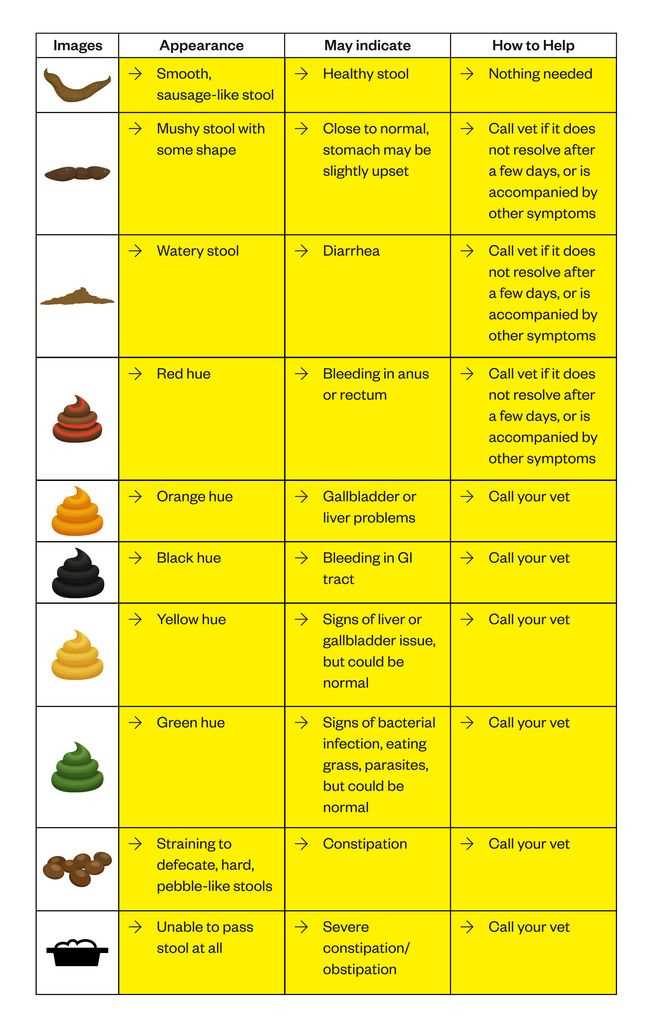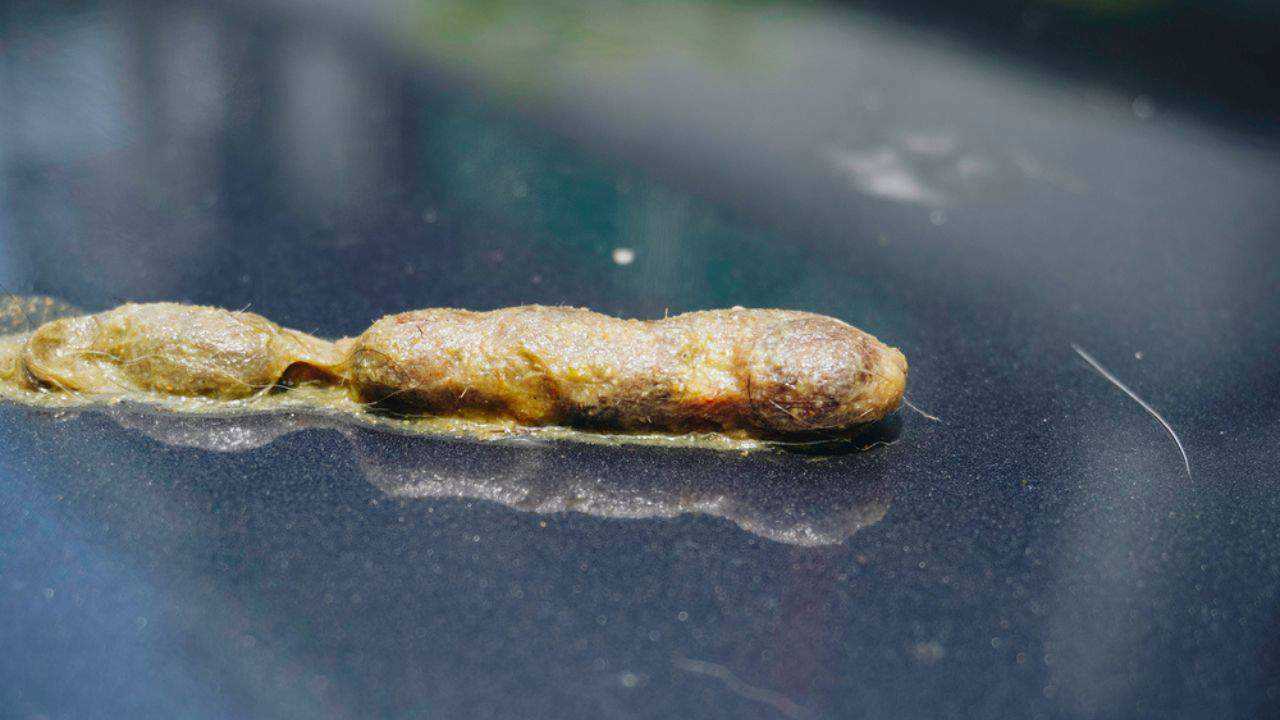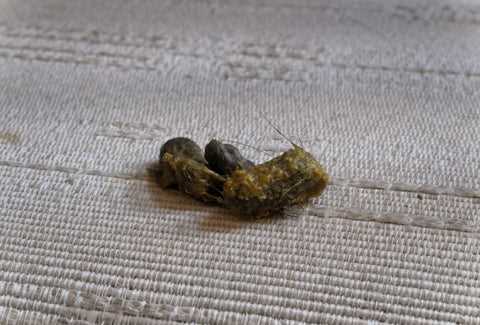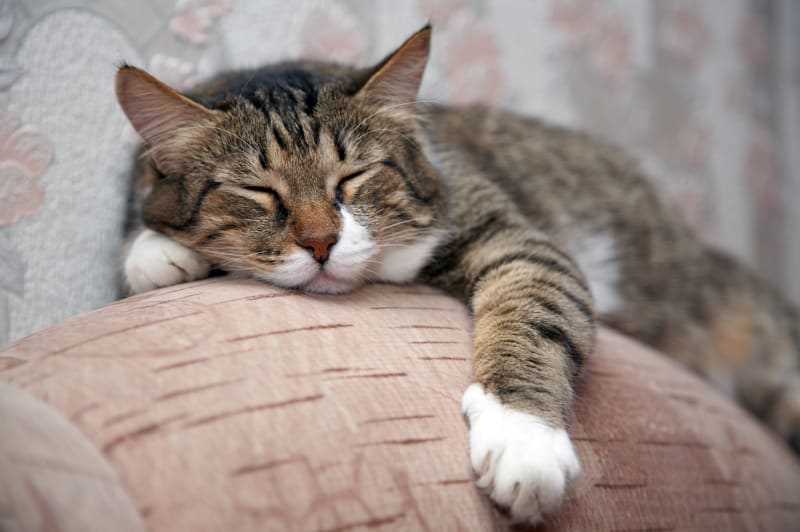

Let’s clear this up right away: those fuzzy clumps that sometimes appear around the house can indeed mimic the appearance of feces. The similarity in shape and color can cause confusion, especially for untrained eyes. If you see a brownish, compact ball, your first instinct might be to assume the worst.
Understanding the differences is key. While both can be round and dark, the texture and smell provide crucial clues. The hair mass tends to have a different consistency, often soft and less dense compared to solid waste. If you notice any strange behaviors or health issues accompanying these furry formations, a visit to the vet is advisable.
Regular grooming can help manage the amount of fur ingested, reducing the occurrence of these clumps. Keeping an eye on diet and hydration can also play a significant role in overall digestive health. Always stay alert for changes in habits or signs of distress, as these can indicate underlying health concerns.
Hairballs vs. Feces: Key Differences
When observing what comes out of my furry friends, it’s important to distinguish between various forms of expulsion. Those clumps of fur can sometimes resemble fecal matter, but there are clear indicators that set them apart. First, the texture is different; the hair formations are typically smoother and more cohesive, while solid waste has a more granular consistency.
Additionally, the color varies significantly. Furballs often appear in shades of brown, gray, or even black, depending on the individual’s coat color, while excrement usually has a darker hue due to dietary influences. A distinct odor accompanies feces, which is not usually found with fur clusters.
Recognizing Signs of Digestive Issues

Monitoring is vital. If fur clusters occur frequently, it might indicate digestive problems or excessive grooming habits. A visit to the vet is recommended to ensure everything is functioning correctly. Keeping an eye on eating habits, and grooming frequencies can help prevent any complications that arise from excessive fur ingestion.
Preventive Measures

Regular brushing reduces the amount of loose fur, which in turn minimizes the likelihood of these formations. A proper diet, supplemented with fiber, can aid digestion and help manage fur intake. Staying proactive about grooming routines can significantly enhance well-being and reduce confusion during cleanup time.
Identifying the Differences Between Hairballs and Feces
To distinguish between a clump of fur and excrement, observe shape, texture, and color. Fur clusters are usually elongated and cylindrical, while droppings are more uniform and may exhibit a tapered end. The consistency of a fur mass is often softer and more pliable compared to the firmer texture of feces.
Color and Odor
Examine the color; fur is generally dark brown or black, while waste can vary from brown to greenish tones depending on diet. The smell of feces is distinct and unpleasant, while fur tends to have little to no odor.
Location and Behavior
Pay attention to the location where you find these materials. Fur is often discovered in areas where I groom myself, while excrement is typically found in designated litter spots. If you’re curious about the biological processes behind these materials, check out this useful link: where are the proteins made in the cell.
Common Causes of Hairballs in Cats
Regular grooming helps reduce the likelihood of the clumps forming. Long-haired friends need more frequent brushing to prevent excess fur ingestion during self-cleaning. Short-haired companions can still benefit from weekly grooming sessions.
The diet plays a significant role. High-quality food with adequate fiber can aid digestion and minimize fur accumulation in the stomach. Look for options specifically designed to support grooming needs.
Stress also contributes. Changes in the environment, like moving or the arrival of new pets, can lead to increased grooming behavior, resulting in more fur swallowed. Keeping a calm atmosphere can help mitigate this issue.
Age is another factor. As I age, my grooming habits might change, leading to increased fur ingestion. Regular check-ups with the vet ensure that any age-related concerns are addressed.
Health issues, such as skin problems or allergies, may cause excessive licking as well. If there’s sudden behavior change, it’s wise to consult with a veterinarian to rule out underlying conditions.
Health Implications of Frequent Hairballs
Frequent occurrences of fur clumps can indicate underlying health issues. Regularly passing these can lead to irritation in the digestive tract, causing discomfort and potential vomiting. If the situation persists, it’s wise to consult a veterinarian to rule out any serious conditions.
A high-fiber diet can help manage this issue. Foods formulated for sensitive stomachs or those prone to gas, like cat food for cats with gas, can aid in digestion and minimize the formation of these troublesome masses.
Hydration also plays a crucial role; ensuring access to fresh water can facilitate smooth digestion. Regular grooming helps reduce the amount of fur ingested, thus decreasing the frequency of these occurrences. If your companion is experiencing this issue often, addressing their grooming routine and diet is essential for their well-being.
Preventive Measures to Reduce Hairball Formation

Regular grooming sessions are key. A daily brush helps remove loose fur, significantly reducing the amount ingested during self-grooming. Consider using a grooming tool designed to target undercoats for better results.
Diet plays a significant role in fur management. Opt for high-quality, fiber-rich food that aids digestion and helps move fur through the digestive system more smoothly. Look for products specifically formulated to minimize fur buildup.
Hydration is often overlooked. Ensure access to fresh water at all times. Increased fluid intake supports overall digestive health and can alleviate issues related to fur ingestion.
Engaging in interactive playtime keeps the mind and body active, reducing stress-related grooming behaviors. Regular exercise also promotes a healthy coat, minimizing excess shedding.
| Recommendation | Description |
|---|---|
| Regular Grooming | Daily brushing to remove loose fur. |
| Dietary Adjustments | High-fiber food for better digestion. |
| Hydration | Access to fresh water to support digestion. |
| Play and Exercise | Interactive activities to reduce stress-grooming. |
When to Consult a Veterinarian About Hairballs
If frequent retching or discomfort occurs, it’s time to seek veterinary advice. Persistent issues can indicate underlying health problems.
Here are specific situations to consider:
- Vomiting occurs more than once a week.
- Visible blood in vomit or stool.
- Signs of lethargy or loss of appetite.
- Difficulty in grooming or excessive grooming behavior.
- Weight loss or changes in bathroom habits.
Early intervention can prevent more serious complications. Regular check-ups can also help monitor overall health and dietary needs.









